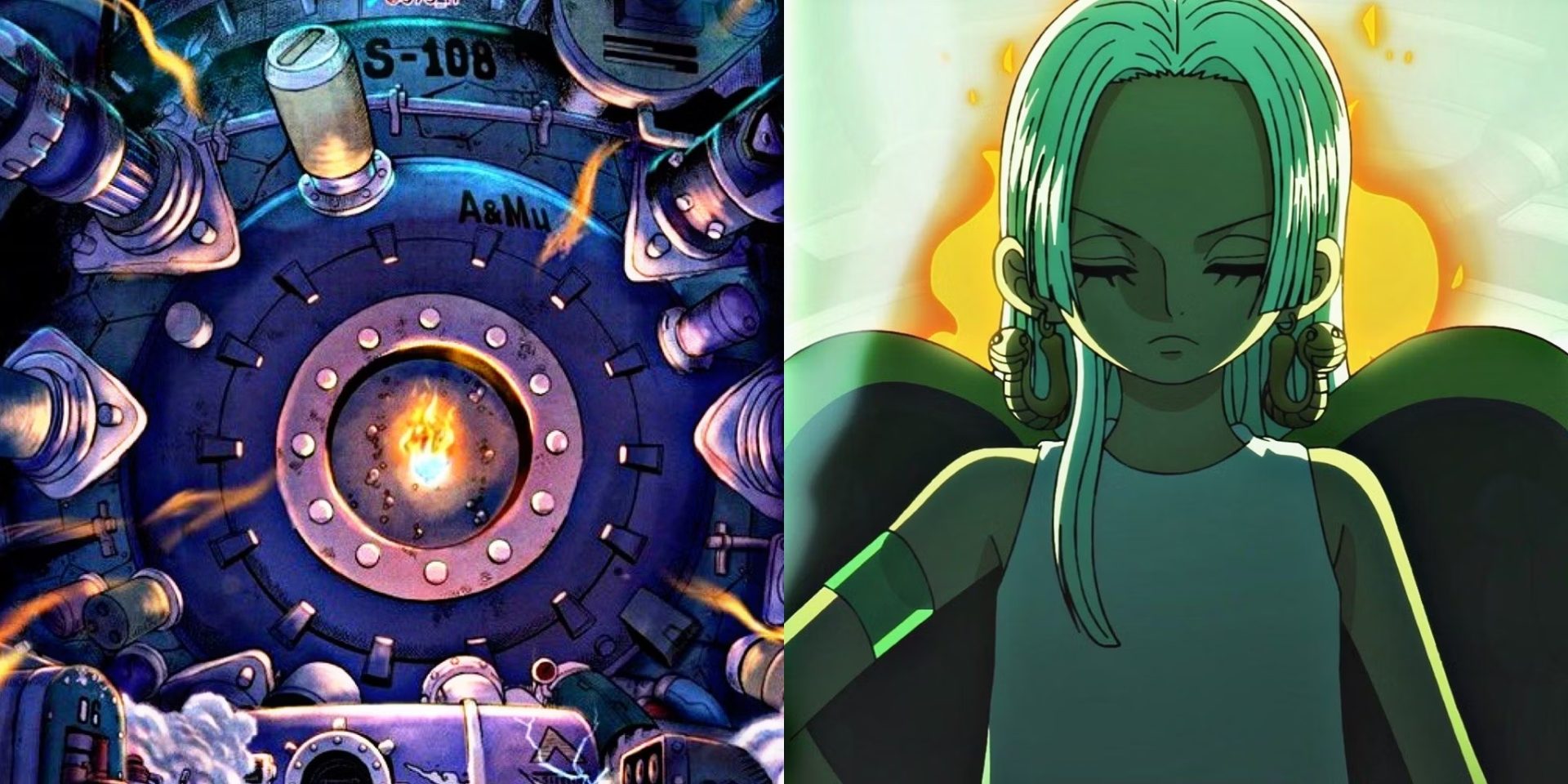Take a look at some strange animals in this guest post from The Wonders of Animals. From the glass frog; whose skin is so translucent, you can see its heart, to the ‘ocean-walking’ and aptly referred to, “weird-looking fish”, from the Galapagos — let’s take a peak at the world’s strangest animals…
Planet Earth’s strange animals guest post by Monica Heft

Scientists have discovered millions of animal species surviving on this planet, of which some are fierce, while others are cute, loving, and adorable.
Out of these million species, we are only aware of a relatively small percentage. However, from those that we do know of, there are some very strange animals that are truly amazing; with unusual features and behaviour that easily earn their places on many people’s animal-spotting bucket lists.
Let us check out some of the weirdest animal species on the planet…
1. Glass Frogs
Glass frog species belong to the family of Centrolenidae; these frogs are also known by the name “see-through” because of their translucent skin.
There are 60 different species of glass frogs seen in Southern Mexico, Central, and South America. The preferred habitat of these species is the tropical rainforest, mainly in treetops.

The Manduriacu glass frog was recently honoured in the Wildlife Photographer of the Year Awards 2020.
These frogs’ bodies are generally bright green or olive green in color, and their belly is covered with translucent skin.
Depending on individual species, the size of a glass frog may vary. However, the smaller species are usually 0.78 inches long, while the larger ones can reach a length of 3 inches. You can spot these tree-dwelling frogs in Costa Rica or Panama.
2. Lyrebirds
The lyre is a tree-dwelling bird species that are native to Australia. There are two different species of lyrebirds, which are Superb lyrebirds and Albert’s lyrebirds.
Both the species differ slightly from one another; but the majestic lyrebird exhibits short legs and striped tail feathers that curl outwards at the end. Their body is brown and grey with a reddish hue in the wings.

The Albert’s lyrebird lacks the long and elaborate tail like the Superb lyrebird. This species has brown and grey plumage with a slightly blue shade on head and tail feathers.
These impressive birds are known for their ability to mimic sounds, including chainsaws, car alarms, camera shutters, crying babies, ringtones, and sometimes even words.
Visit the rainforest of Queensland and New South Wales to see the lyrebirds.
3. MataMata
Matamata is a south American turtle famous for its shell or carapace, which is black or brown. The turtle has a triangular and flattened head and their bodies and long necks are rough and bumpy.
You can find matamata in South America where they live in slow-moving blackwater streams, rivers, marshes, and swamps. They rarely live in shallow water and only come to land when they lay eggs.
4. Sugar gliders
The sugar glider is a small, nocturnal possum that glides using skin between its and legs as ‘wings’, much like a flying squirrel.

These omnivores belonging to the marsupial infraclass get their common name from their taste for sugary foods; such as sap and nectar.
5. Red-Lipped Batfish
Also known as the weird-looking fish, the red-lipped batfish lives in the marine life of the Galapagos Islands.
These fish are said to possess some similar features of a bat, so they are named batfish.

Although these species’ body colour varies from light brown to grey, they can be easily identified with their distinctive red lips.
A remarkable fact about red-lipped batfish is that they walk on ocean floors, as they are not good swimmers. You can find red-lipped batfish dwelling in the Pacific Ocean.
6. Pink Fairy Armadillo
The pink fairy armadillo is the smallest species of armadillo. It is the only armadillo who has a dorsal shell that is entirely separate from its body.
The species is known for some of its unique features, such as; the pink fairy armadillo pumps blood using its shell to regulate its body temperature.
They are also known as sand swimmers, because of their quick ability to navigate underground. Visit Central Argentina, where you can find the pink fairy armadillo in the dry grasslands and sandy plains.
7. Markhor
Markhor is a wild goat found in the mountains of Central Asia from Southern Russia to the West of Himalayas. However, you can find a significant population of these animals in Pakistan, Afghanistan, Uzbekistan, and Turkmenistan.

The males and the females look similar in appearance; both with spiral-shaped horns that can be flared or straight depending on the individuals. They have tan-colored coats and white underparts, with rugged white fur on their chest and neck.
Markhor goats prefer to live in altitudes; however, the heights of their ranges depend on the season. In summers; they live on higher altitudes while in winters, they live in lower altitudes.
8. Leafy Sea-dragon
The leafy sea-dragon or weedy sea-dragon is a close relative of seahorse; they are some of the most ornately camouflaged creatures (and are also cited as Sir David Attenborough’s favourite species!).

The lobes of their skin provide them camouflage, which gives the appearance of seaweed. The leafy sea-dragons can maintain a similar illusion while swimming.
You can find this eye-catching creature along the southern and western coast of Australia.
9. Sea pen
A sea pen is a graceful creature of the seafloor, the beast named after an old-fashioned quill pen.
Their colours range from dark orange, yellow and white. Commonly sea pens can grow to a height of 40 cm.
The interesting fact about these sea creatures is that each sea pen is a colony of polyps that works together to survive the whole. And when stimulated, the sea pens glow with a bright-greenish light. Check out the sea pens in the Pacific Ocean, where they thrive from the Gulf of Alaska to California.
10. Coatimundi
Coatimundis are related to both raccoons and kinkajous. There are four species of these animals, however, all the coatis’ types have a slender head with a long, elongated nose, turned slightly upward.

They have small ears, dark feet, and a long tail, which is used for balancing. The interesting fact about these species is that they are incredibly flexible and rotate up to 60 degrees in any direction. Find these strange animals in the Americas.





